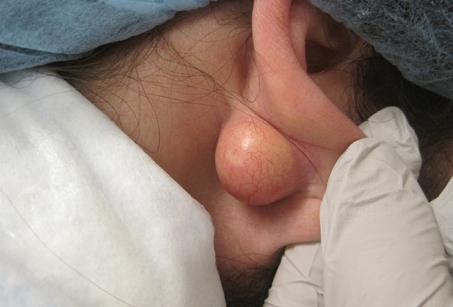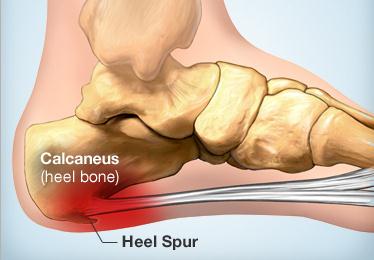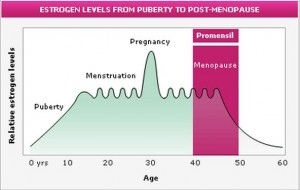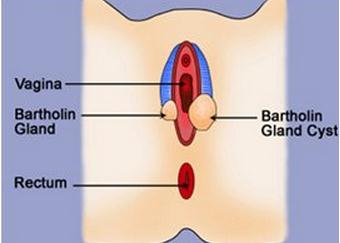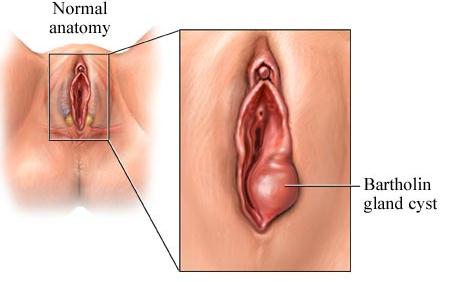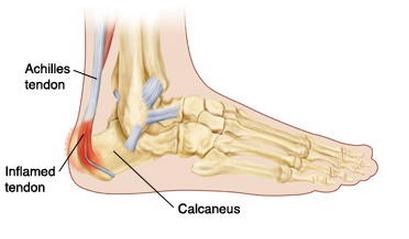Idiopathic Pulmonary Fibrosis – Life Expectancy, Treatment, Symptoms
What is Idiopathic Pulmonary Fibrosis?
Idiopathic Pulmonary Fibrosis is a delibitating and fatal disease. It is a condition where the lung tissue becomes thickened, stiff, and scarred. The stiffening makes it difficult to breathe because it decreases the elasticity of the lungs due to scar formation. It is an age-related disease that usually affects people between 50-70 years old and the cause is unknown. It is more common in males than females and most of the patients that have Idiopathic Pulmonary Fibrosis have a history of smoking. This condition results from an inflammatory response with an unknown cause. It is a progressive lung disease characterized by formation of fibrosis in the lungs. Fibrosis is a formation of excess connective tissue in a reparative or reactive process: a scar tissue formation in the lungs. As the lungs became scarred, they lose their elasticity and ability to transfer oxygen to the blood stream.
Idiopathic Pulmonary Fibrosis Symptoms
- Chest pain
- Dry hacking cough
- Cyanosis is a condition where it causes bluish discoloration on the skin and mucous membrane.
- Decreased tolerance for physical activity due to difficulty in breathing
- Shortness of breath during activities or any strenuous exercise
- Clubbing of fingers due to lack of oxygenated blood
- Crackling sound in the lungs heard through a stethoscope. Crackles are intermittent, discontinuous, explosive, popping sounds. It is heard more during inhalation than exhalation
- Fatigue and body malaise because of infection and difficulty breathing
- Weight loss
- Joint and muscles aches
Idiopathic Pulmonary Fibrosis Causes
The cause for this kind of disease is still unknown. It attacks the lungs, and they will become stiffened, scarred and inflamed. There are some epidemiological factors to be considered such as exposure to (1) cigarette smoking. The damage can be also caused by different things like (2) occupational and environmental factors where there is a long term-exposure to certain toxins and pollutants like asbestos, silica and organic dust. (3) Radiation treatment for cancer can cause lung damage due to exposure to radiation. (4) Medications like chemotherapeutic drugs, heart medications and some antibiotics can cause lung damage. (5) Medical conditions like tuberculosis and pneumonia can affect and cause lung damage; (6) viral or bacterial infection; (7) GERD or Gastro-esophageal Reflux disease where there is a pressure gradient between the abdomen and thorax known to increase negative intra-thoracic pressure associated with the disease that reduces lung compliance. It is a disease of mucosal damage caused by stomach acid coming up into the esophagus.
Diagnosis
a. Medical history and Physical Examination
- The doctor will ask you things that can be related into having a Idiopathic Pulmonary Fibrosis such as:
- previous sickness as well as the medications you’re taking.
- Physical examination by listening to breathing. Idiopathic Pulmonary Fibrosis is known for abnormal breathing called crackles
- If you have a history of smoking.
- Your family medical history and how long you have had symptoms.
b. Radiology Diagnosis
- Chest X-rays can show the shadow of scar tissues. It isthe most commonly used diagnostic exam to take images of the lungs and other body parts. It’s a non-invasive examination that helps medical professionals diagnose and treat conditions.
- Computed Tomography (CT scan) is a type of X-ray that can provide sharper and more detailed images of the lungs. It combines a series of X-ray views with different angles that produce cross-sectional images of bones and tissues inside the body.
c. Pulmonary Function Test
- Spirometry is a breathing test to find out how big is the damage is. It’s a procedure where doctors measure the amount and speed of air during exhalation and inhalation. It can help medical professionals to determine lung disease as well as if medications are working and if the conditions are worsen.
- Pulse Oximetry is a gadget that attaches to your ear or fingertips to measure oxygen in the bloodstream. It is not an invasive procedure, just a sensor that attaches to the body to measure arterial blood.
- Exercise Stress Test using treadmill or stationary bike monitors lung function. It is a useful way of evaluating symptoms of shortness of breath, stridor or wheezing during exercise.
d. Tissue Sample
- Biopsy is a medical test performed by a surgeon to get a sample tissue for examination. It can determine the presence and extent of the disease. It can help the doctors diagnose the exact problem in the patient.
- Video Assisted Thoracoscopy is also a procedure to get tissue samples using an endoscopic tube with a camera and light attached to it.
Idiopathic Pulmonary Fibrosis Treatment
There is still no known cure for Idiopathic Pulmonary Fibrosis. The goal of treating Idiopathic Pulmonary Fibrosis is to reduce further scarring which is irreversible, relieve symptoms like difficulty of breathing, and improve or maintain quality life. The treatments only focus in alleviating pain and disturbances that affect a persons daily routine.
- Medications such as corticosteroids and cytotoxic drugs help to reduce inflammation as well as N-acetylcysteine, an anti-oxidant that prevents lung damage
- Oxygen therapy can’t stop lung damage but it can help alleviate difficulty of breathing and prevent or lessen complications of low-blood oxygen levels. It helps to reduce breathlessness and helps the patient become more active.
- Lung Rehabilitation is a standard care given to patients that have a lung problem. It allows the person to manage their condition and improve their quality of life. It may include breathing exercises, nutritional counseling, support groups, education about the disease, how to manage it, energy-conserving techniques, breathing strategies and anxiety, stress, or depression management. It will help the patient to function better. Support groups are there so patients can ease the stress of having this disease and where patients can share common experience and problems.
- A lung transplant is recommended if the condition worsen. It can improve quality of life as well as help you live longer.
Prognosis
It depends on the progression of the disease. Some cases may stop progressing; some may develop slowly or quickly into the end-stage disease. Some patients may end up with supplementary oxygen and some require lung transplants. The course of this disease is difficult to predict; however, the average survival time for an individual with Idiopathic Pulmonary Fibrosis is 5-7 years.
